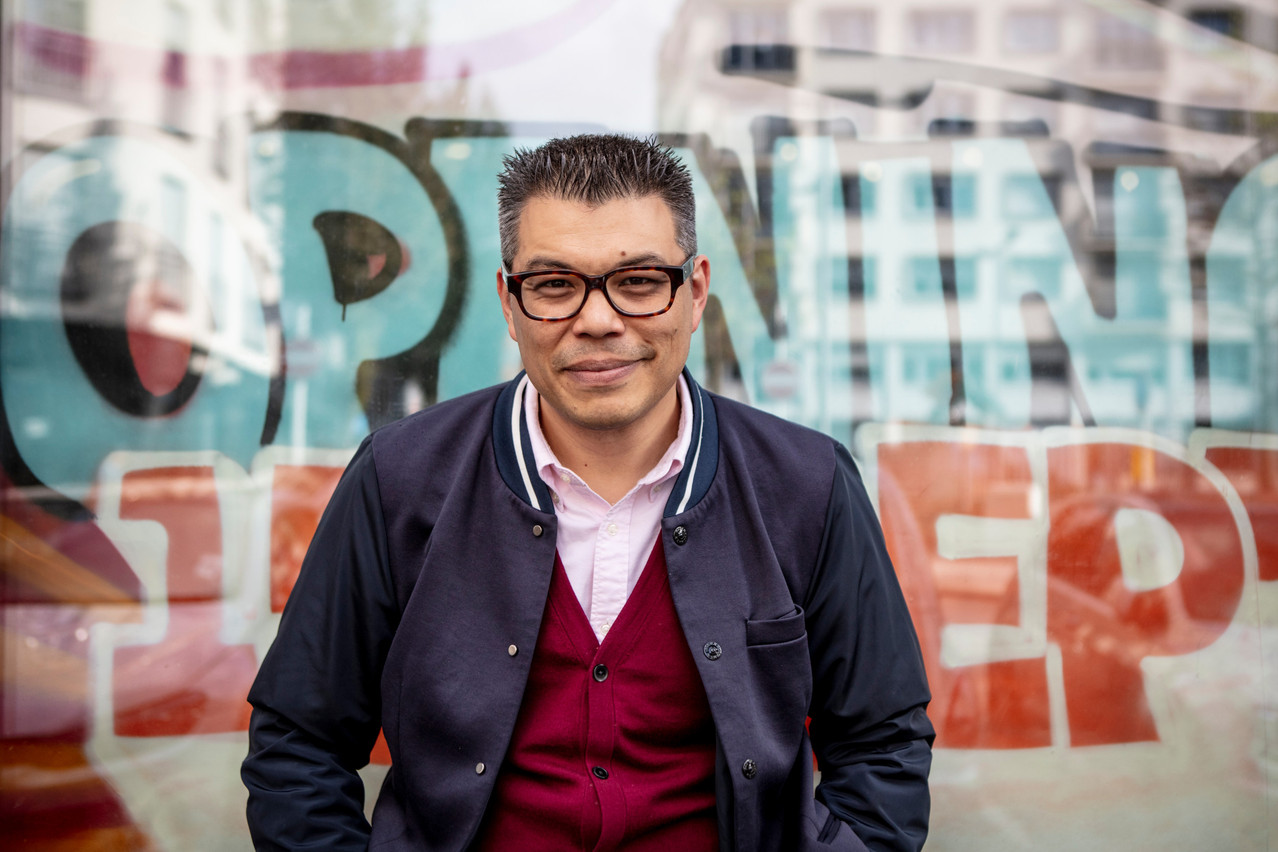“It took me about a year to understand that it’s not just a jpeg.” Since that year-long process, Luxembourg artist has become a fan of non-fungible tokens.
NFTs are “cryptographic assets on a blockchain with unique identification codes and metadata that distinguish them from each other,” according to . “Unlike cryptocurrencies, they cannot be traded or exchanged at equivalency. This differs from fungible tokens like cryptocurrencies, which are identical to each other and, therefore, can serve as a medium for commercial transactions.”
“I’m very excited about NFTs, because I really do think it’s the future,” Sumo told Delano during a recent interview. His first NFT collection was minted in June and is listed on .
NFTs are “probably not for everyone”, he admits. “Everyone needs to see if it makes sense for them. There are a lot of things that would be universally be good for artists.” Looking back, he initially thought “NFTs were just jpegs and pictures of artwork,” Sumo said. “With time, I understood there’s much more than that. I think, in the future, NFTs will be very important for artists.”
Sumo outlined several “use cases”. Firstly, NFTs “make it easy for certain artworks to be collected and preserved and even traded. You can link them to physical artwork,” which means an NFT can serve as an “authentication of your artwork.” Artists can give collectors an NFT, which is “digital proof you’re the owner.” It is “a document you can share and you will never lose. A piece of paper can easily be lost, or when you move houses, it gets damaged and it’s gone.”
NFTs address the issue. Collectors, art dealers and others “can retrace previous owners.” They can check the timestamp when the NFT was minted, which is permanently stored on its blockchain, to verify when the artwork was created or rule out a date when the artwork had not yet been created.
Connecting with connoisseurs
In addition, NFTs “make it easy to identify your fans. Only your fans will have your NFTs.” Creators then “will be able to interact or connect with them much more easily.” For example, an artist could grant an NFT providing the holder with a discount on future acquisitions, “special access” to an event like a backstage pass or a studio visit. “It doesn’t have to be an artist” using these techniques, “it can be anyone.” Once the benefit has been claimed, it can be validated on the NFT’s blockchain.
NFTs can also aid the artistic process. Sumo has been considering how to use them in the creation of video installations and other forms of digital artwork. Ideally NFTs would “push me more towards my vision, can help me expand my idea, my concept and my universe that I’m creating. For me, it makes total sense.”
“When I discovered NFTs, my horizons opened 360 degrees. It just opens so many more possibilities,” he said.
“I really see the future in this, at least for me,” Sumo stated. “I can’t imagine a future without this technology. It’s going to simply make things so much better. It’s amazing.”
This article was published for the Paperjam + Delano Finance newsletter, the weekly source for financial news in Luxembourg..
